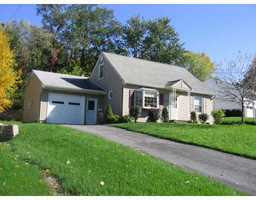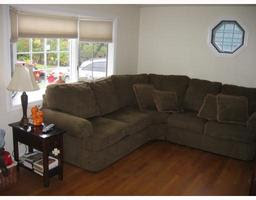The below mentioned trip to Autodesk University happened, which was adventurous as always. A few notes on my adventures in Vegas;
1. If someone asks you if the MGM and the Venetian are within walking distance, ask then to QUANTIFY walking distance. I was yelled at relentlessly all week for that one, but everyone! Be green, people! Walk! :)
2. Trying to continually follow things on the 360 degree screen on the mainstage will almost make you want to throw up. :) Awesome show, as always.
3. It WAS certified on this trip that coffee from the venetian food court CAN be an absolute substitute for sleep. :)
4. AU Unconference is a great idea. I absolutely loved the sessions i attended. I missed a few that i really wanted to sit in at, and i HOPE they continue and even expand on it in the following years. I could see the unconferences running the entire week while the classes are going on. I got some great feedback from the attendees in the session on strategies for dealing with multiple users of multiple skill levels all working together, and i've been meaning to post up about it. Ive been a bad boy, and didn't update the AU wiki either. The family Editor discussion Steve Stafford led, had a lot of great theoretical conversation, which i imagine could have gone on for hours. I would have rather enjoyed that. I STILL don't believe in the "super door" family, but then again, i don't agree with the entire tool that is in-place families, and obviously it serves a purpose. :)
 In my defense for not having written in almost 60 days!! WHILE all this was going on at AU, i also had a project under a serious time constraint deadline, and i was in the middle of purchasing a house... My first one! Since i usually try to include a lot of pics here (who really wants to read anyway?) ill toss some in. Its a cute little cape, perfect for little me, all by myself. :)
In my defense for not having written in almost 60 days!! WHILE all this was going on at AU, i also had a project under a serious time constraint deadline, and i was in the middle of purchasing a house... My first one! Since i usually try to include a lot of pics here (who really wants to read anyway?) ill toss some in. Its a cute little cape, perfect for little me, all by myself. :) There is also a perfect room for the
There is also a perfect room for thecomputer, where i will spend my evenings geeking out with Revit models, as always. Oh the exciting life of a twenty-something, LOL!
I hope the 3 of you that faithfully read (har har) will still check back often. I DID get a lot of worthwhile table discussion material at AU, that id love to hear thoughts on... ALA DWF/RVT, information exchange, and the need and/or desire for what we all wan tout of our Revit models, and why. I can see DWF as the answer to so many peoples different desires from the wondrous file format that is RVT... but we really have to convince the powers that be of the validity of those wishes, or we'll never see the DWF that we (or at least i) want.
In any event, i will be updating again soon with some of these discussions... After one furious weekend of moving, which is coming up this weekend! Any of you within a few hundred miles are welcomed to the party! :)




































